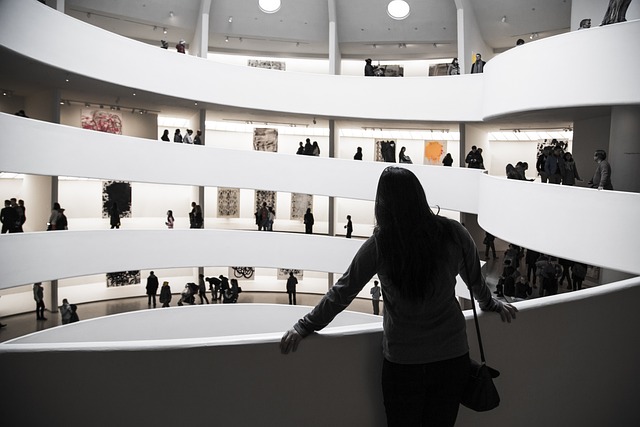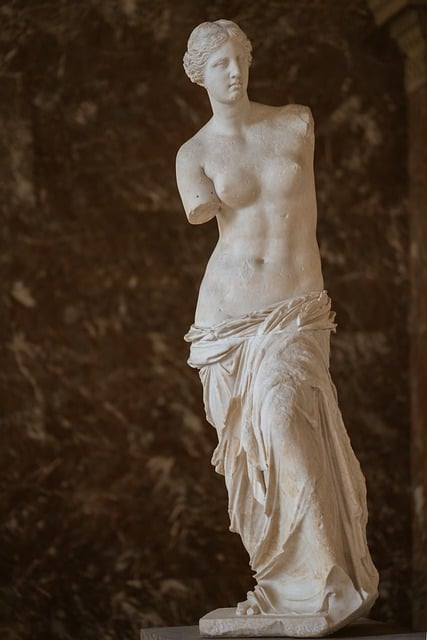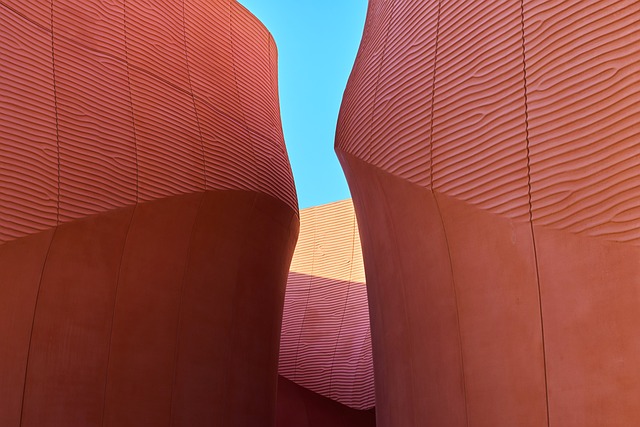The Art Lover’s Compass: A Complete Museum Art Guide
Art has always been a profound way of expression, reflecting the thoughts, emotions, and philosophies of different eras and cultures. Museums, serving as sanctuaries for art, are essential spaces where art lovers and curious minds can delve into the depths of human creativity. This article aims to guide you through the intricate world of museum art, offering insights on how to make the most of your visits, understand the art around you, and appreciate the beauty that surrounds us.
The Purpose of Museums
Museums serve multiple roles in society, acting as stewards of cultural heritage, education centers, and places of inspiration. They house collections that range from ancient artifacts to contemporary masterpieces, providing a narrative of human history through the lens of artistic expression. By visiting museums, individuals can:
- Understand the historical context of various art movements.
- Engage with diverse cultures and perspectives.
- Experience the emotional weight of art firsthand.
- Foster creativity and innovative thinking.
- Connect with the community through shared cultural experiences.
Before You Visit
Preparation can greatly enhance your museum experience. Here are aspects to consider before embarking on your art journey:
Research the Museum
Prior to your visit, familiarize yourself with the museum’s collection and current exhibitions. Websites often provide details on featured artists, art movements, and temporary exhibitions. Knowing what to expect can help narrow your focus and maximize your time in the galleries.
Plan Your Visit Duration
Consider how much time you want to dedicate to your visit. Some museums can be explored in a couple of hours, while larger institutions may require a full day. Planning your visit duration can help you manage your energy and attention span.
Book Tickets in Advance
To avoid long queues, especially during peak times, consider purchasing tickets online in advance. Some museums also offer guided tours, which can provide deeper insights that enrich your experience.
Dress Comfortably
Walking around a museum can be exhaustive, especially in large spaces. Wear comfortable shoes and clothing to ensure you can enjoy the experience without discomfort.
Exploring the Museum
Once you’ve arrived at the museum, it’s time to dive into the vast world of art. There are various approaches to exploring, and different strategies may resonate with you.
Start with a Map
Most museums provide a map outlining the layout of the galleries. A map can help direct your path to key exhibitions and areas of personal interest. Make note of special exhibits or themes as you navigate through the museum.
Linger and Observe
Instead of rushing through the galleries, allow yourself time to appreciate individual pieces. Take a moment to stand before an artwork – let its colors, forms, and textures absorb into your understanding. Consider its place in history and the intentions of the artist behind its creation.
Engage with the Artwork
Ask questions as you view the art. What feelings does it invoke in you? What techniques has the artist employed? If an artwork captivates your attention, research it further when you return home.
Participate in Guided Tours
Many institutions offer guided tours led by knowledgeable professionals. These tours can enrich your experience, providing historical context, insight into the artist’s background, and the cultural significance of the pieces displayed.
Understanding Art
To truly appreciate art, one must engage with not only the pieces themselves but also the concepts, histories, and techniques behind them.
Art Movements
Familiarizing yourself with different art movements enhances your understanding and appreciation of the works you encounter. Key movements include:
- Renaissance: Characterized by a revival of classical learning and renewed interest in the arts, focusing on humanism.
- Impressionism: A reaction against academic standards, capturing the effects of light and color.
- Surrealism: Exploring dreams and the subconscious, pushing the boundaries of reality.
- Modernism: Emphasizing experimentation and the breaking away from tradition.
Art Techniques
Understanding various art techniques, such as painting, sculpture, or mixed media, allows you to appreciate the craftsmanship involved in creating each piece. Familiarize yourself with terms like oil, watercolor, or collage, which provide insight into the materials and methods artists employ.
Artist Background and Intent
Research the artists behind the works. Understanding their backgrounds, challenges, and motivations can illuminate the artwork’s significance and help you grasp their intent better. Many museums provide artist biographies near their exhibits, enriching your visit with deeper context.
Engaging with Artwork Emotionally
Art possesses the unique ability to evoke strong emotions. Emotionally connecting with pieces can lead to personal reflections and insights. When you encounter artwork:
Reflect on Personal Relevance
Ask yourself how the piece resonates with your life experiences or feelings. Personal connections can deepen your appreciation and create lasting impressions.
Embrace the Ambiguity
Art doesn’t always provide clear answers. Embrace the ambiguity of meanings and interpretations. Allow yourself to explore different perspectives and understand that multiple interpretations can co-exist.
Utilizing Technology
In our digital age, technology has made exploring art more accessible and engaging. Consider the following tools:
Audio Guides
Many museums offer audio guides that provide commentary on different artworks or exhibitions. These can range from basic explanations to in-depth discussions, enriching your understanding as you walk through galleries.
Mobile Applications
Some museums have developed mobile apps that include interactive maps, information on exhibits, and even augmented reality enhancements. These can greatly enhance your museum experience, offering additional layers of engagement.
Social Media
Following museums on social media platforms can keep you updated with upcoming exhibitions, events, and educational content. Sharing your experiences on social platforms can also foster discussions with fellow art lovers.
Post-Visit Reflections
Your museum experience doesn’t have to end when you leave. Engage in reflections and actions that extend your appreciation of art.
Journaling Your Experience
After your visit, consider journaling about the artworks that moved you or the insights you gained. Documenting your thoughts helps solidify your learning and keeps the memory alive.
Further Research
Use your newfound interests as a springboard for deeper research. Dive into books, documentaries, or online courses about specific artists, movements, or techniques that piqued your interest.
Connect with Others
Art appreciation can flourish in community. Join local art clubs, forums, or online groups to discuss your experiences and share opinions with fellow art enthusiasts.
Conclusion
The art lover’s journey is continuous and multi-faceted. Museums represent a tapestry of human experience, offering insights that inspire, provoke, and educate. By preparing adequately, engaging deeply with the art, and reflecting post-visit, you can unlock the endless possibilities of understanding and appreciating art. Embrace the beauty around you, and let each museum visit guide you on a path of discovery, connection, and creativity. Whether you’re an experienced art lover or a curious newcomer, the world of art awaits your exploration.


